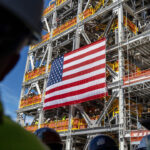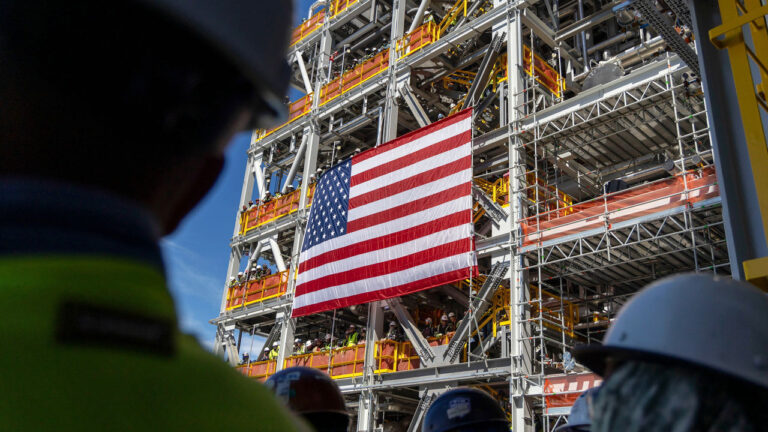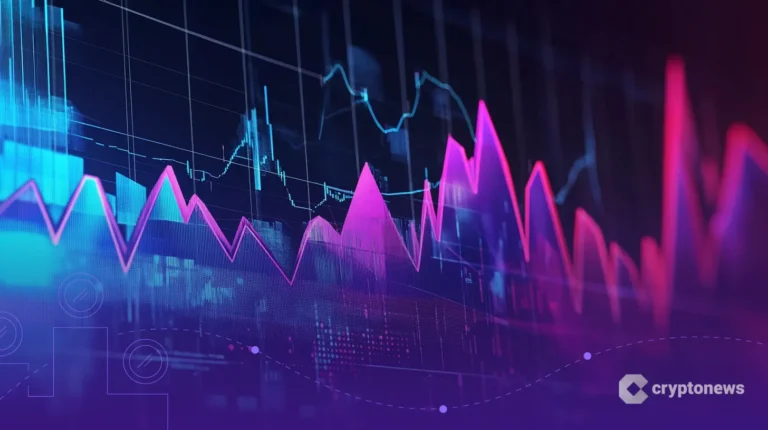THE MARKET reaction was brutal. On August 1st Intel released a dismal set of results. The semiconductor giant’s sales were down by 1%, year on year, and the company declared a net loss of $1.6bn, compared with a profit of $1.5bn in the same period in 2023. “Our costs are too high, our margins are too low,” wrote Pat Gelsinger, its chief executive, in a note to employees. As a consequence, Intel plans to slash 15,000 jobs and to suspend dividends, which it has paid since 1992. Since the results were published its share price has plunged by nearly 30%.
Ever since he took office, Mr Gelsinger has sought to restore Intel to its earlier glory; the Biden administration, keen to return chipmaking to America’s shores, touts Intel as a national champion. But the latest earnings are a reminder of just how woefully the firm lags behind the likes of Nvidia and TSMC, and how long it can take to catch up in an industry that operates on lengthy investment timescales. It carries a warning to governments, too, that picking winners will not be easy.

For decades Intel dominated global chipmaking. Through the 1990s and early 2000s it cornered the market for personal computers (PCs) thanks to the so-called “Wintel” alliance with Microsoft, a software giant. Yet a series of missteps led to its falling behind. Its focus on PCs caused it to miss the boom in demand for mobile-phone chips. Even as many of its rivals moved to a “fabless” model, in which chip designers outsource their manufacturing to foundries like TSMC, a Taiwanese producer, Intel continued to build its own chips.
In the mid-2010s repeated manufacturing slip-ups delayed the launch of its processors, leading to a steady loss of share to AMD, an American chip designer, in its core business of central processing units. Crucially, Intel has also been largely absent from the rapidly growing market for specialist artificial-intelligence (AI) chips, which is dominated by Nvidia, now the world’s most valuable semiconductor firm.
Mr Gelsinger is all too aware of this. Soon after he became chief executive in February 2021, he laid the groundwork for separating design and manufacturing into two distinct businesses. That allowed the product side to choose the best foundry for its needs, and Intel’s factories to become available to other chip designers. Mr Gelsinger wants Intel’s manufacturing to progress rapidly, leapfrogging the other foundries. He has said that Intel will become the world’s second-largest foundry by 2030, behind only TSMC.
Intel, then, is trying to catch up on two fronts: as a fabless designer competing with Nvidia and AMD; and as a foundry taking on TSMC. The first task looks forbidding. The company is miles behind when it comes to designing AI chips. This year it expects to sell $500m of its Gaudi AI chips. Nvidia sells $20bn of its AI chips each quarter.
What is more, success in the market for AI chips is about more than the chips themselves. Nvidia sells networking gear that ties together hundreds or thousands of its processors. It also has CUDA, a software platform, which allows customers to fine-tune the chips. Having underinvested in AI, it will be difficult for Intel to catch up, notes Alan Priestley of Gartner, a research firm.
When it comes to growing its foundry business, its second task, Intel is making big investments. It plans to spend $100bn over the next five years building new plants and expanding its existing ones in America. To fund its ambitions amid stagnant growth, it is tapping into creative sources of capital. In August 2022 Brookfield, a big infrastructure investor, agreed to chip in up to 49% of the cost of a new $30bn facility in America. In June this year Apollo, a private-equity firm, put up $11bn for a similar share of the company’s chip factory in Ireland. Intel has also benefited from $8.5bn in grants and up to $11bn in loans from the American government.
The problem, though, is that with revenue from the foundry business still low, and with demand for its core products barely growing, Intel will need to keep finding new sources of capital—or require yet more handouts. The company and the government alike have a hard slog ahead.■















